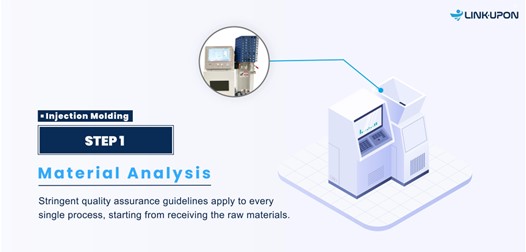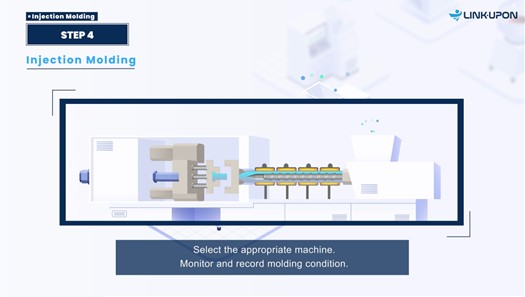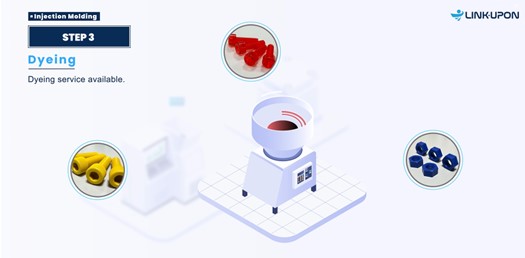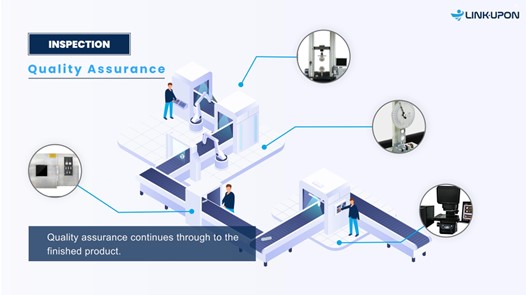A Guide to the Manufacturing Process
In this MADE video, we will take you through the production process of plastic fasteners—ranging from material quality determination, mold construction, mass production processing to quality inspection. Discover how these simple screws are manufactured through highly refined processes, and subsequently contribute to impactful applications in the machinery industry and beyond worldwide!
After watching the video, we've got the lowdown on how those engineering plastic screws were made. Now, let's recap the key steps from the video and deepen the impression!
Materials:
Opt for premium raw materials to guarantee purity and stability. Conduct rigorous testing on incoming raw materials, analyzing and verifying their compliance with specifications.
Molding Methods:
Select appropriate processing methods based on material characteristics. Injection molding is a common process, especially suitable for most engineering plastics or high-performance engineering plastics such as PEEK, PPS, PVDF, etc. The process involves heating plastic pellets to a molten state, followed by the injection of the molten material into intricately crafted molds. Controlled cooling then solidifies the material, resulting in the formation of the desired screw configurations. Control injection temperature, pressure, and time to ensure consistent screw dimensions and performance. If the material cannot be processed by injection molding, such as PTFE, Bakelite, mechanical machining techniques come into play to craft the desired screw configurations.
Dyeing:
In achieving color-coding, aesthetic design, or specific purposes, screws undergo customization with special colors utilizing base plastic colors, white, or transparent materials, complemented by the addition of colorants or pigments.
Quality Control:
Raw Material Inspection: Ensure raw materials meet standards. MFR testing is important consideration when selecting materials and production equipment.
Process monitoring: Track parameters during the molding process, achieving visual management of production and equipment to ensure consistency in the final output.
Dimensional inspection: Employ advanced measuring tools to ensure compliance with precise specifications.
Performance Testing: Conduct mechanical strength testing, including tension and torque, to ensure plastic screws and nuts meet specific engineering application requirements.
Appearance Inspection: Thoroughly inspect appearances to eliminate any defects that could affect aesthetics and usability.
In conclusion, the manufacturing process of high-performance engineering plastic screws requires meticulous control at every step. Implementing strict quality control measures ensures the final product meets the high standards of engineering requirements.




